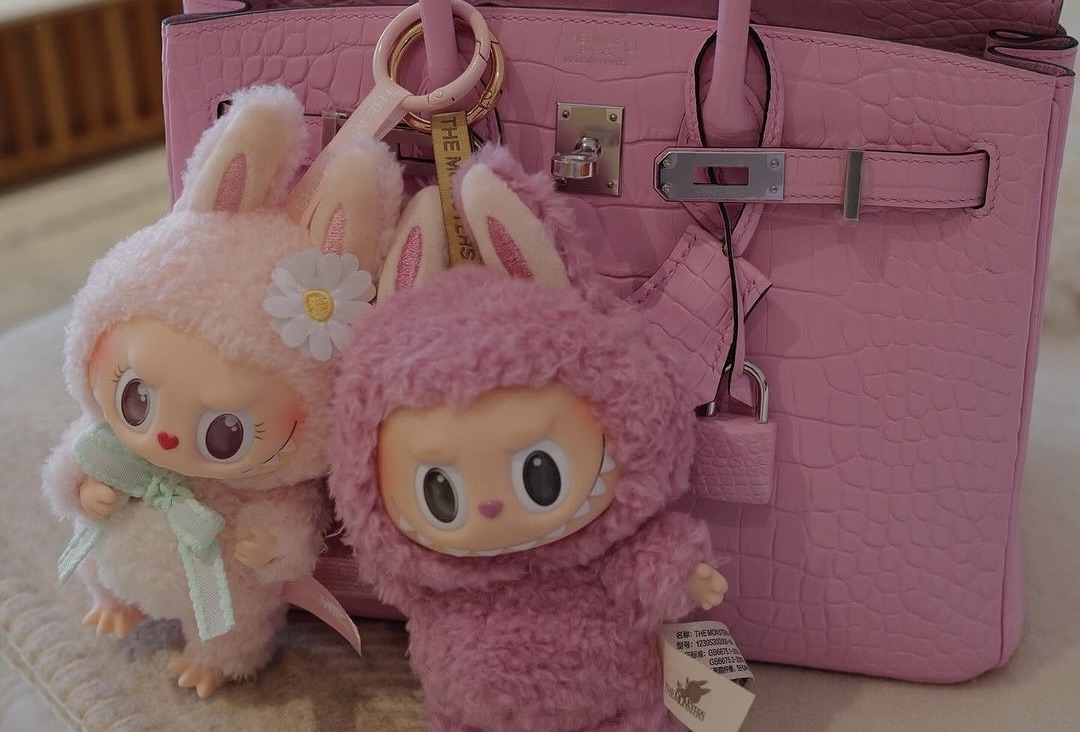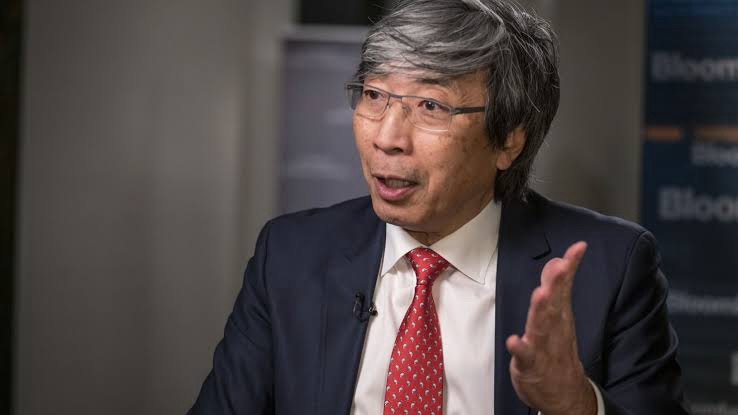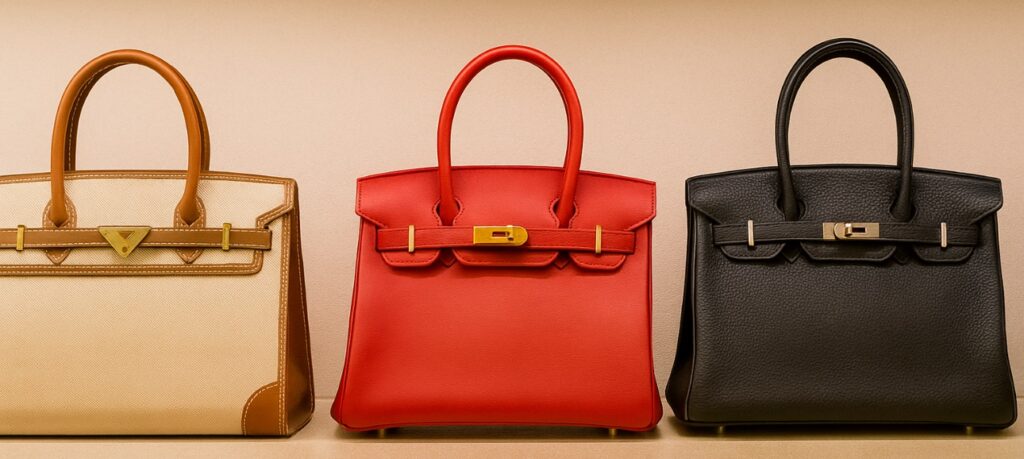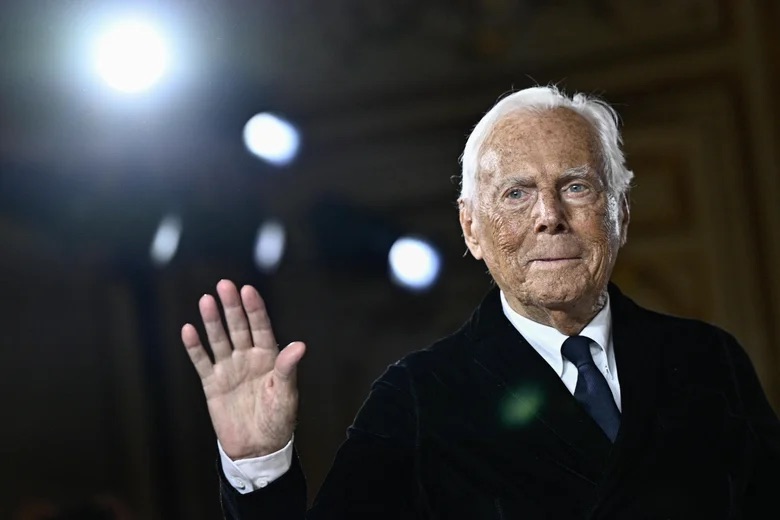Few toys in recent years have captured worldwide attention quite like Labubu. What began as a niche collectible in Asia has surged into a global phenomenon, driving a projected $1.8 billion in revenue and transforming these quirky characters into cultural icons. Beyond the hype, however, lies a marketing masterclass that brands across industries can learn from.
The rise of Labubu
Labubu dolls, produced by Pop Mart, are part of the booming art toy and blind box culture. Buyers purchase sealed boxes without knowing which character is inside, fuelling both anticipation and scarcity. Limited editions, combined with collaborations with artists, have turned Labubu into a cult sensation among collectors.
This strategy plays directly into the psychology of exclusivity and surprise, creating demand not just among children but also among adults — and even investors treating them as high-value collectibles.
The $1.8 billion strategy
According to Pop Mart’s latest reports, Labubu’s global expansion plan aims to reach $1.8 billion in revenue, through:
International retail expansion across Europe and the U.S. Crossovers with luxury and lifestyle brands. Digital integration in gaming and metaverse platforms. Strategic use of social media and influencers to amplify desirability.
Labubu has shifted from being just a toy to becoming a lifestyle brand, blurring the boundaries between art, entertainment, and commerce.
A marketing lesson not to ignore
Forbes analysts highlight three critical lessons from Labubu’s meteoric rise:
Scarcity builds value – Limited availability transformed toys into coveted collectibles. Community fuels demand – Fan groups, trading forums, and influencer promotion created organic momentum. Storytelling adds meaning – Each character comes with a narrative, making them more than merchandise.
Together, these strategies turned Labubu into an emotional experience, where customers buy not only products but also identity and belonging.
The bigger picture
Labubu’s success reflects a larger global trend: consumers increasingly value niche, collectible, and story-driven products that deliver both emotional connection and financial potential.
Just like trainers, NFTs, and luxury handbags have spurred secondary markets, Labubu demonstrates how scarcity, branding, and storytelling can transform simple products into billion-dollar cultural assets.






